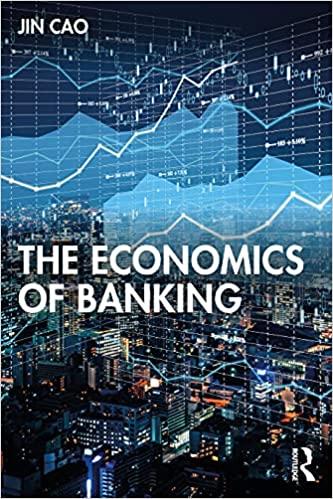Keeping all settings unchanged, except the shock in (t=0.5) : suppose there is a shock to security
Question:
Keeping all settings unchanged, except the shock in \(t=0.5\) : suppose there is a shock to security return at the intermediate date, call it \(t=0.5\), so that both types of investors have the chance to exchange in the security market and adjust their balance sheets; it turns out that the distribution of security return is \(\left[\overline{R^{\prime}}-z, \overline{R^{\prime}}+z\right]\) with \(\overline{R^{\prime}}<\bar{R}\).
(a) Using \(P-y\) curves, show the impact on both types' investors demand for securities and the new equilibrium security price;
(b) How does the shock to security return affect active investors' balance sheet? How do they adjust the balance sheet to meet VaR constraint? What's the consequence to the equilibrium asset price? Why is the leverage cycle "procyclical"?
Step by Step Answer:






